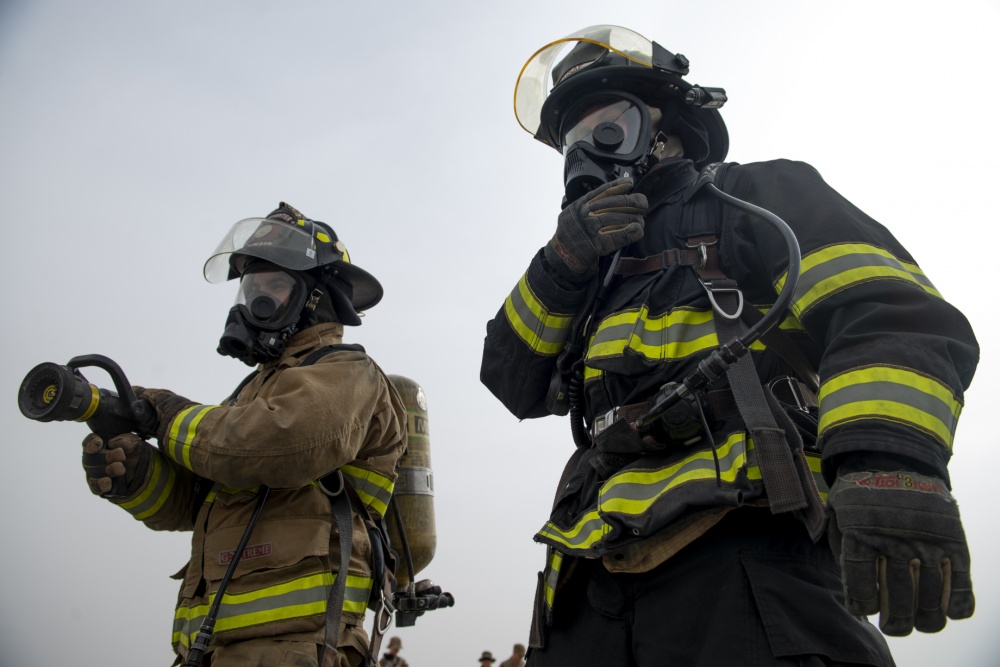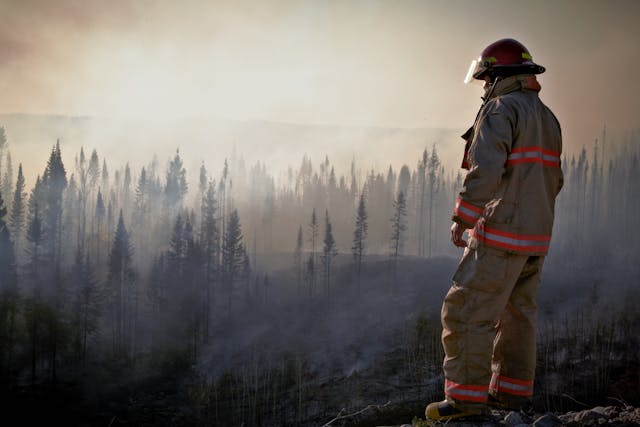Firefighters are heroes who put their lives on the line to protect others. However, the very nature of their job exposes them to numerous health hazards, including a heightened risk of developing various types of cancer. This article delves into the primary cancer risks faced by firefighters, focusing on diesel fumes, fires, and Aqueous Film-Forming Foam (AFFF).
Diesel Fumes
Many firefighters spend a significant amount of time in and around fire stations where diesel-powered fire trucks and emergency vehicles are used. Diesel exhaust is a complex mixture of gases and particulates, many of which are known carcinogens. Prolonged exposure to diesel fumes can lead to respiratory issues and increases the risk of developing lung cancer.
Studies have shown that the risk of lung cancer is higher among firefighters due to their repeated exposure to diesel exhaust. The International Agency for Research on Cancer (IARC) has classified diesel engine exhaust as a Group 1 carcinogen, meaning there is sufficient evidence of its cancer-causing potential in humans.
Fires and Smoke Inhalation
Fighting fires involves exposure to a cocktail of toxic substances released during combustion. Modern buildings and household items contain synthetic materials that, when burned, release harmful chemicals such as benzene, formaldehyde, and polycyclic aromatic hydrocarbons (PAHs). These substances are highly carcinogenic.
Firefighters are at an increased risk of developing several types of cancer, including lung, bladder, kidney, and brain cancers, due to the inhalation of smoke and toxic gases. Even with the use of protective gear, it is challenging to avoid exposure entirely. Additionally, repeated exposure over time compounds the risk.
AFFF Foam
Aqueous Film-Forming Foam (AFFF) is commonly used in firefighting to suppress flammable liquid fires. While effective in controlling fires, AFFF contains per- and polyfluoroalkyl substances (PFAS), often referred to as “forever chemicals” due to their persistence in the environment and the human body. Up until recently the turnout gear (bunker gear) were primarily made of these forever chemicals.
PFAS have been linked to various cancers, including kidney, testicular, and prostate cancer. Firefighters using AFFF are at risk of ingesting or absorbing these chemicals through their skin during firefighting operations, increasing their risk of developing cancer over time.
Decontamination Procedures
To further reduce the risk of cancer, many fire departments have implemented decontamination procedures after incidents. These procedures include:
- Gross Decontamination: Removing as much contamination as possible on-site by brushing off debris and using water to rinse gear before returning to the station.
- Detailed Cleaning: Washing gear and equipment thoroughly with specialized cleaning agents to remove toxic residues.
- Personal Hygiene: Encouraging firefighters to shower and change into clean clothing immediately after returning from a fire scene to minimize skin absorption of harmful chemicals.
- Gear Storage: Storing contaminated gear separately from living quarters and personal vehicles to prevent secondary exposure.
Mitigation Strategies
Efforts are underway to mitigate the cancer risks firefighters face. These include:
- Improved Ventilation Systems: Fire stations are adopting advanced ventilation systems to reduce diesel exhaust exposure.
- Protective Gear Enhancements: Development of better protective gear that minimizes the absorption of toxic substances.
- Regular Health Screenings: Implementing routine health checks to catch early signs of cancer.
- Alternatives to AFFF: Research and adoption of safer alternatives to PFAS-containing foams.
- Education and Training: Increasing awareness among firefighters about the risks and promoting best practices for minimizing exposure.
Conclusion
Firefighters are at a higher risk of developing cancer due to their occupational exposure to diesel fumes, toxic smoke from fires, and chemicals like PFAS in AFFF foam. Addressing these risks through improved safety measures, regular health screenings, decontamination procedures, and transitioning to safer materials can help protect these essential workers from the long-term health consequences of their heroic work.





